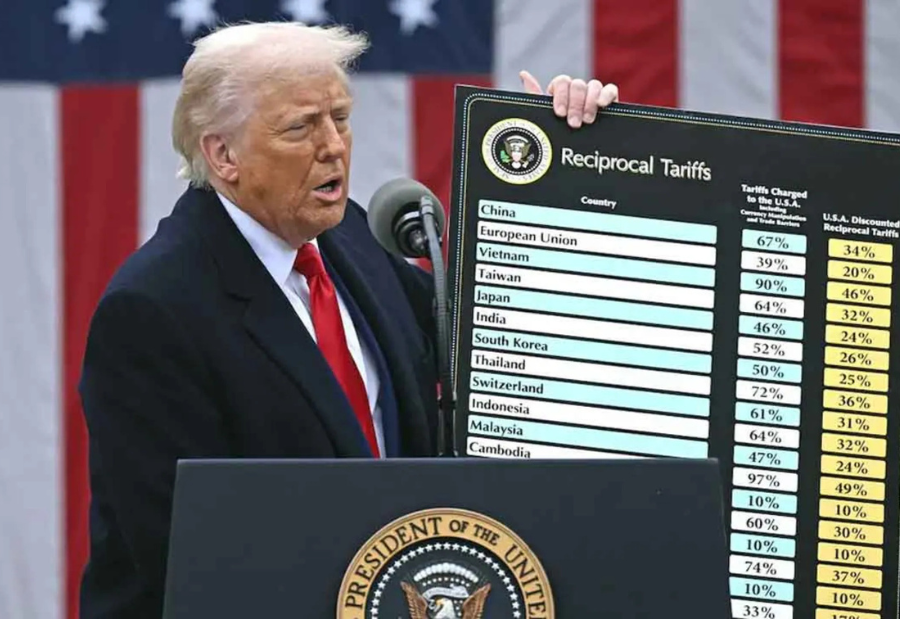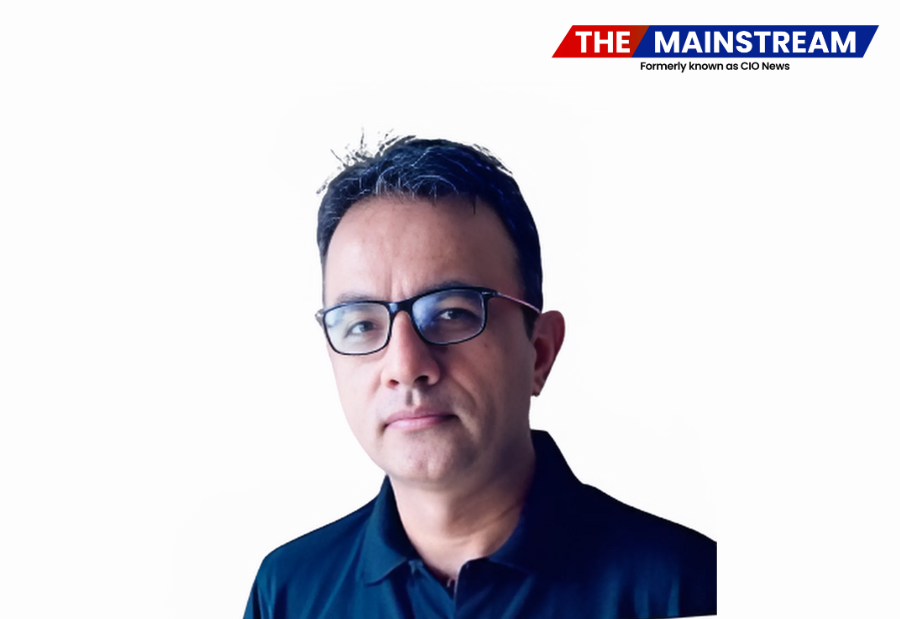India’s hopes of relief from President Donald Trump’s global trade policy, which has unsettled global markets for weeks, were dashed when the U.S. imposed a 26% duty on imports from the South Asian country.
Prior to the remaining, higher reciprocal tariff going into force on April 9, a baseline 10% baseline duty will begin on Saturday.
“They (India) are charging us 52% and we charge almost nothing for years and years and decades,” Trump said at the White House while announcing the reciprocal tax.
Trump has imposed additional taxes on other nations, such as 46% on Vietnam and 34% on China on top of the 20% tax that was already stated.
Equity markets were comforted by the comparatively lower tariffs placed on India.
In contrast to the 1.5% to 3% losses observed in other Asian markets, India’s key share indexes, the Nifty 50 (.NSEI) and the BSE Sensex (.BSESN), were down 0.3% apiece at open. In early trading, the rupee dropped as much as 0.3% to 85.75 vs the dollar before rising to 85.65.
The comparatively lower tariffs imposed provide India a natural competitive edge in a number of important sectors, according to a report from the research company Global Trade Research Institute.
Among the top industries affected by U.S. tariffs are electronics items valued at about $14 billion and gems and jewelry valued at over $9 billion.
However, the Trump administration lifted the duty on pharmaceutical exports, which is good news for India’s pharmaceutical sector. With sales of over $9 billion in the previous fiscal year, the United States accounted for nearly a third of India’s pharmaceutical exports, which mostly consisted of less expensive copies of well-known medications.
Among the top industries affected by U.S. tariffs are electronics items valued at about $14 billion and gems and jewelry valued at over $9 billion.
However, the Trump administration lifted the duty on pharmaceutical exports, which is good news for India’s pharmaceutical sector. With sales of over $9 billion in the previous fiscal year, the United States accounted for nearly a third of India’s pharmaceutical exports, which mostly consisted of less expensive copies of well-known medications.
In contrast to the decline in the overall stock market, Indian pharmaceutical companies’ shares increased by about 5% in early trading on Thursday.
According to the Federation of Indian Export Organizations and Assocham, the nation’s trade associations, India’s position in the center of the tariff rates will have less of an effect on its export competitiveness than that of its main competitors.
According to the Trump administration, the 26% levy was based on both tariff and non-tariff obstacles, such as currency manipulation.
The White House claimed that removing the “uniquely burdensome” non-tariff obstacles imposed by India would boost U.S. exports by at least $5.3 billion a year.
Until Trump decided that the “threat posed by the trade deficit and underlying non-reciprocal treatment is satisfied, resolved, or mitigated,” the statement said, the tariffs would stay in place.
The United States and India have a $46 billion trade deficit.
AMONG TRUMP’S FRIENDS
Indian Prime Minister Narendra Modi, who considers himself a friend of Trump, would be under more pressure to find a method to relieve India of its burden as a result of the reciprocal tax.
To lessen the impact on Indian exports in industries including gems and jewelry, medicines, and auto components, New Delhi is willing to lower duties on $23 billion worth of U.S. imports, according to a media story last week.
Modi’s government has lowered tariffs on luxury motorcycles, bourbon, and a levy on digital services that impacted American tech companies in an effort to curry favor with Trump.
According to the White House, the U.S. tariff rates were among the lowest before to the reciprocal declaration, with basic average tariffs at 3.3% compared to India’s 17%.
The reciprocal tax on India is lower than that of major rivals like Vietnam and Bangladesh, which might benefit the Indian clothing and footwear industries, according to Ajay Sahai, director general of the Federation of India Export Organizations.
Also read: Viksit Workforce for a Viksit Bharat
Do Follow: The Mainstream formerly known as CIO News LinkedIn Account | The Mainstream formerly known as CIO News Facebook | The Mainstream formerly known as CIO News Youtube | The Mainstream formerly known as CIO News Twitter |The Mainstream formerly known as CIO News Whatsapp Channel | The Mainstream formerly known as CIO News Instagram
About us:
The Mainstream formerly known as CIO News is a premier platform dedicated to delivering latest news, updates, and insights from the tech industry. With its strong foundation of intellectual property and thought leadership, the platform is well-positioned to stay ahead of the curve and lead conversations about how technology shapes our world. From its early days as CIO News to its rebranding as The Mainstream on November 28, 2024, it has been expanding its global reach, targeting key markets in the Middle East & Africa, ASEAN, the USA, and the UK. The Mainstream is a vision to put technology at the center of every conversation, inspiring professionals and organizations to embrace the future of tech.




